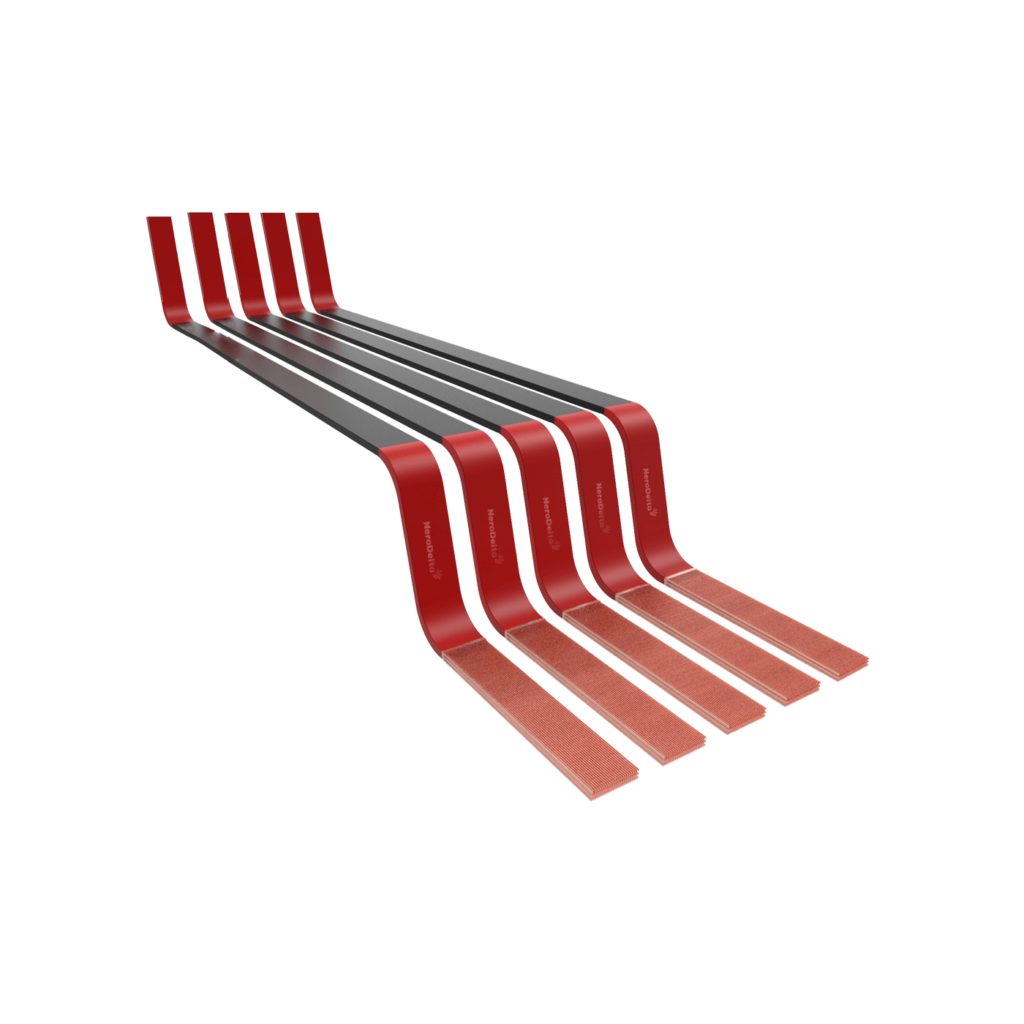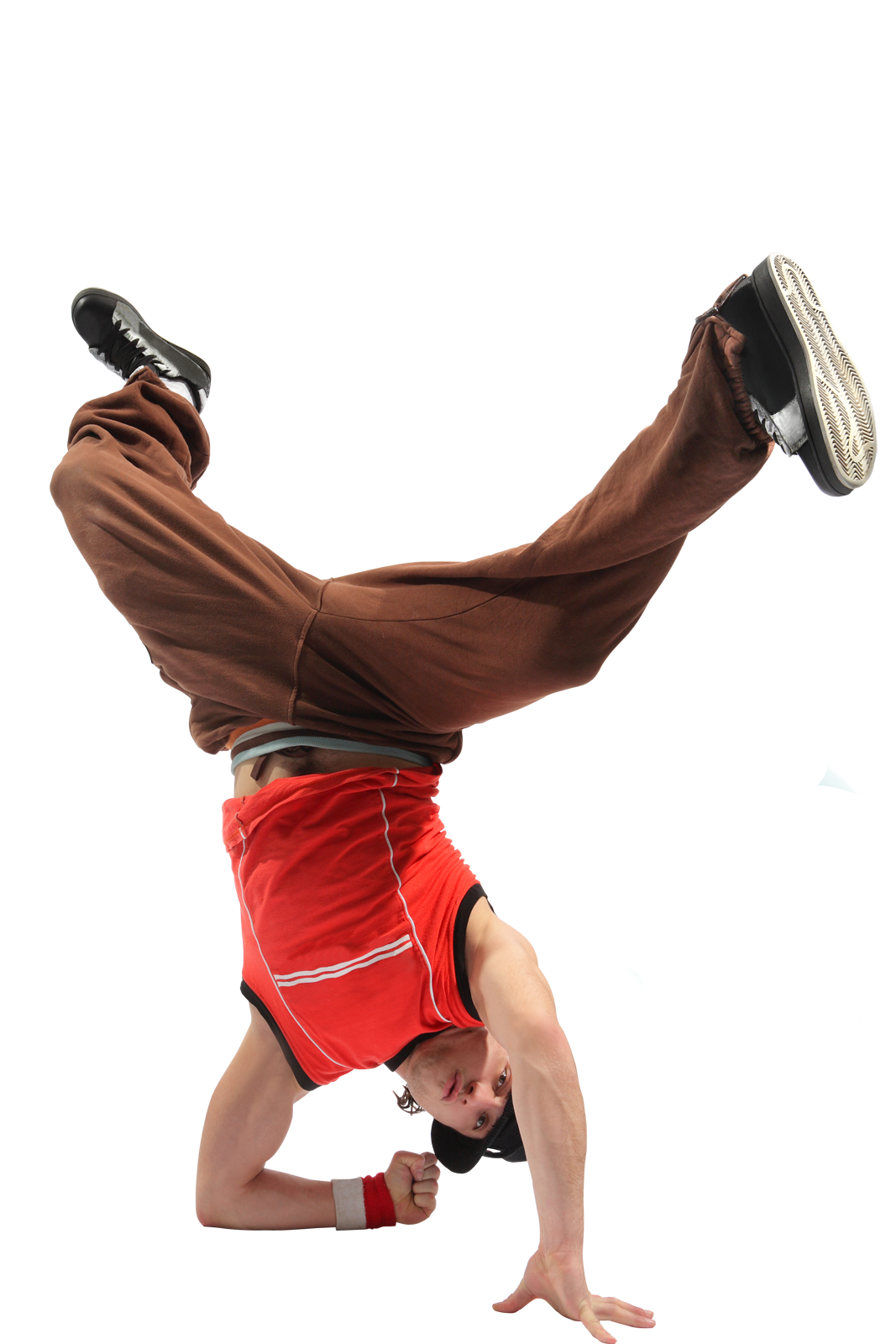Imagine a world where every curve and bend tells a story, where the dance of wires and paths becomes poetry in motion. The term "winding dancer" might sound whimsical, yet it carries deep meaning for those who appreciate the intricate balance between form and function. It’s not just about coiling wire around an object; it’s about crafting something that moves gracefully through space, much like a dancer weaving through a crowd. Whether describing a winding road, an electric coil, or even fashion trends that twist and turn with the times, this phrase invites us to explore the beauty in complexity.
So, what makes the concept of a winding dancer so fascinating? It’s the interplay between simplicity and sophistication, the idea that something as basic as a wire can transform into something magical. From transformers to forests, from silk blouses to urban style, winding patterns appear everywhere in our lives. They inspire creativity, challenge convention, and remind us of nature’s endless ability to surprise. Let’s delve into the details and see why this topic deserves a closer look.
In some respects, the winding dancer is more than just a technical term or poetic metaphor. It’s a lens through which we can view the world around us. This exploration will take you through various interpretations of the phrase, touching on everything from engineering marvels to fashion statements. Along the way, you’ll discover how seemingly unrelated fields share common threads when viewed through the lens of winding. So grab your favorite beverage, sit back, and let’s unravel the layers of this captivating subject.
What Exactly Is a Winding Dancer?
At its core, a winding dancer refers to anything that moves in a twisting, turning motion. It could be a piece of wire coiled around an armature in an electric motor, or it could describe the sinuous path of a river carving its way through a mountain valley. In both cases, there’s an elegance to the movement, a rhythm that feels almost alive. Yet, very few people stop to consider the deeper significance of these patterns, which is why understanding the winding dancer requires a bit of curiosity.
Take, for example, the world of transformers. These devices rely on precise windings to convert electrical energy efficiently. Each loop of wire plays a role in creating a magnetic field, which in turn generates power. Similarly, in nature, winding paths often serve practical purposes. Rivers, for instance, carve winding routes to minimize erosion while maximizing water flow. In both instances, the winding dancer demonstrates how form follows function in a way that’s both logical and beautiful.
Why Should You Care About Winding Dancer?
Arguably, the appeal of the winding dancer lies in its versatility. Whether you’re designing a new piece of technology or simply appreciating the curves of a forest trail, the concept offers something for everyone. For engineers, it represents precision and innovation. For nature lovers, it embodies the organic flow of life. And for fashion enthusiasts, it reflects the way styles evolve over time, always bending and shifting to suit the moment.
Even shopping habits reflect this idea. Consider stores like H&M or Urban Outfitters, where customers browse collections that cater to individual tastes. Just as a winding road offers multiple paths, these retailers provide options that allow shoppers to express themselves uniquely. So, rather than seeing the winding dancer as a single concept, think of it as a thread that ties together diverse aspects of human experience.
Who Are the Famous Winding Dancers?
In history, certain figures have embodied the spirit of the winding dancer. Nikola Tesla, for example, was a master of electrical engineering whose work with coils revolutionized the field. His experiments with alternating current showcased the potential of winding patterns to generate incredible amounts of power. Similarly, artists like Jackson Pollock demonstrated how abstract movements could create mesmerizing visual effects. Both men, in their own ways, explored the boundaries of what it means to twist and turn.
Below is a table summarizing some key details about Tesla, one of the most famous winding dancers:
| Name | Nikola Tesla |
|---|---|
| Birth Date | July 10, 1856 |
| Death Date | January 7, 1943 |
| Profession | Engineer, Inventor |
| Known For | AC power systems, electric coils |
How Does Fashion Reflect the Winding Dancer?
Let’s shift gears slightly and talk about fashion. Brands like Fashion Nova and Asos highlight the importance of movement in design. Silhouettes that hug the body, flowing fabrics, and layered pieces all contribute to the illusion of motion. In a way, fashion designers are winding dancers themselves, crafting garments that move gracefully with the wearer. Even accessories, like belts or scarves, add dimension by introducing curves and bends to an outfit.
For instance, imagine a silk blouse with ruffled edges. Those ruffles mimic the gentle undulations of a winding river, adding visual interest to an otherwise simple piece. Or consider a pair of jeans with distressing along the seams—those jagged lines echo the rugged beauty of a forest trail. Each element works together to create a cohesive look that feels dynamic and alive.
Can Winding Dancer Inspire Everyday Life?
Of course! The principles behind the winding dancer can influence nearly every aspect of daily life. Take gardening, for example. Planting flowers in curved rows instead of straight lines creates a more natural aesthetic. Or think about cooking—stirring ingredients in a circular motion ensures even mixing, much like the way winding patterns optimize energy transfer in a transformer. Even writing, as we’ve done here, benefits from varied sentence structures that mimic the ebb and flow of a winding path.
In a similar vein, personal development often involves navigating twists and turns. Growth rarely follows a linear path; instead, it tends to be a bit messy and unpredictable. By embracing the winding dancer mindset, you open yourself up to new possibilities and opportunities. Instead of fearing the unknown, you learn to appreciate the journey for what it is—a series of interconnected moments that shape who you are.
Where Can You Find Winding Dancer Patterns?
Practically anywhere! Start by observing the world around you. Look at the way tree branches twist toward the sky or how vines climb walls in search of sunlight. Pay attention to the architecture in your city—buildings often incorporate winding elements, whether through spiral staircases or curved facades. Even in technology, you’ll find examples of winding dancers in action. From smartphone chargers to speaker systems, coiled wires play a crucial role in modern electronics.
Shopping online offers another avenue for exploration. Retailers like Macy’s and Amazon feature products that showcase winding aesthetics. A necklace with a spiraling design, for example, captures the essence of the winding dancer in wearable form. Similarly, home decor items with curved lines bring this concept into living spaces, creating environments that feel harmonious and inviting.
What Makes Winding Dancer Unique?
Unlike other concepts, the winding dancer thrives on ambiguity. It doesn’t demand perfection or rigid adherence to rules. Instead, it celebrates imperfection and the beauty found in unexpected places. This openness allows for endless creativity, whether in art, science, or everyday activities. After all, life itself tends to follow winding paths, so why not embrace that truth?
Ultimately, the winding dancer reminds us that beauty exists in complexity. Whether you’re exploring the latest fashion trends, studying electrical engineering, or simply enjoying a walk through the woods, keep an eye out for those twists and turns. They might just lead you somewhere extraordinary.
How Can You Incorporate Winding Dancer Into Your Life?
Start small. Next time you go for a walk, notice the curves in the sidewalk or the way shadows fall across your path. If you’re into crafting, experiment with spiral patterns in your projects. For those interested in technology, research how coils work in everyday devices. Even in conversations, try adopting a winding approach—share stories that meander a little, leaving room for discovery and surprise.
Remember, the winding dancer isn’t just about what you see; it’s about how you perceive the world. Once you start looking for it, you’ll find it everywhere. And that, my friend, is the magic of this concept.
Is Winding Dancer Just a Metaphor?
Not entirely. While it does serve as a powerful metaphor, the winding dancer also represents tangible realities. Coiled wires in transformers, for example, are physical manifestations of this idea. So too are the natural formations we admire, such as meandering rivers or spiraling galaxies. Yet, the metaphorical aspect adds depth, encouraging us to think beyond the surface and explore the connections between disparate fields.
So, as you continue reading or browsing through the countless resources available, keep the winding dancer in mind. It might just inspire you to see the world—and yourself—a little differently.
In summary, the winding dancer is more than just a phrase; it’s a lens through which we can view the interconnectedness of life. From engineering marvels to fashion trends, from nature’s wonders to personal growth, this concept offers endless opportunities for exploration and discovery. By embracing the winding dancer mindset, you unlock a world filled with possibility and wonder.



